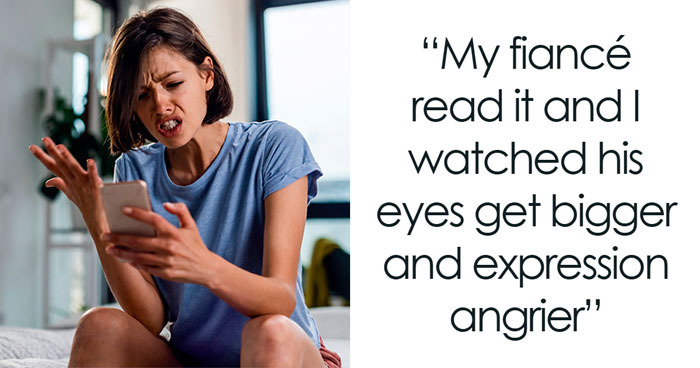The Clothespin by Zygo is constructed by two segments joined together, in a manner that is inspired and reminiscent of the generic shape of a utility clothespin.
Zygo uses techniques of abstraction and defamiliarization in order to imbue a dynamic contortion into this sturdy structure, by bending half over the other, while raising one leg of the other, as an expression of happiness, similar to the iconic pose in Alfred Eisenstaedt’s famous photography.
More info: zygo.gallery | Instagram | Facebook | youtube.com | twitter.com
The first represents masculinity, protective and sheltering the other feminine side, which responds with joy as a testimony for a harmonious relationship. This unique structure of the Zygo Clothespin is a schematic shape that reappears throughout different mediums and art forms: sculpture, paintings, jewelry pieces and architectural forms, from minute to gigantic scales, and varied materiality.
The Clothespin structure had become identified with Zygo’s art in recent years, as an expression of divine love: two halved souls, such as the two halves of the clothespin, come together in a sacred union that is “a parting for connection”. The distinctiveness of the clothespin structure stems from its balanced dynamic shape, prosaic and spectacular – these delicate contrasts are able to encapsulate stability and playfulness similar to this eternal love.
The evolution of the Zygo Clothespin through different forms and contexts creates an abundance of meanings. As part of the Zygotism art movement, “genetic” information of masterpieces from the history of art and Modernism merge within the Clothespin to create new artworks that are inseminated by each other.
677views
Share on Facebook
 Dark Mode
Dark Mode 

 No fees, cancel anytime
No fees, cancel anytime 
































![“AITA For Losing [It] And Screaming At GF To Get Out Of My House After What Her Stepbrother Did?”](https://www.boredpanda.com/blog/wp-content/uploads/2025/01/man-screams-gf-over-creepy-stepbrother-fb18-png__700.jpg)
20
0